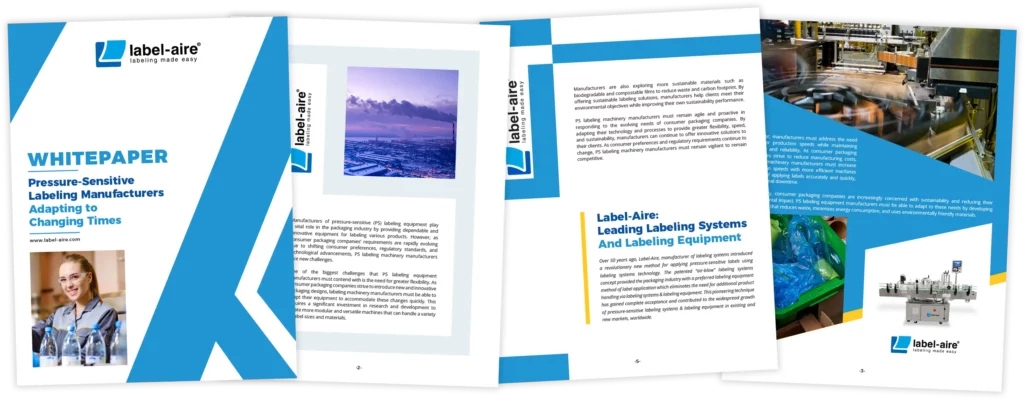Automated Print & Apply: Choosing The Right Print Engine (Part 1 of a 4 Part Series)
Selecting the right print engine for your automated print and apply system can be a daunting task, especially when it’s a company’s first foray into automated labeling. One of the key components of a print and apply system is the print engine itself. As the name implies, the print engine is the component that performs the printing function. However, it also does much more. The print engine also receives and processes the data, pulls the labels off the main label roll, senses the label length, peels the label from the liner and feeds the label to the application device. The print engine is a complex piece of machinery in itself and selection of the print engine brand and model should not be taken lightly. There are numerous specifications to consider, such as print speed, thermal transfer vs. direct thermal printing and print resolution just to name a few. There are also other factors, often overlooked, that should be seriously considered during the print engine selection process.
Serviceability
Whether a company will perform printer service in-house or depend upon a local service provider, the overall serviceability of the print engine is an important consideration. Just like a vehicle engine, there are many elements of the print engine that require scheduled cleaning, maintenance and, in some cases, replacement of key components such as the thermal printhead or the platen roller. If these items are difficult to replace, or if areas of the printer are not readily accessible for cleaning, the result can be poor print quality, frustrated users and production line downtime. Print quality is dependent upon a number of factors, not the least of which is a clean printhead and acceptable platen roller. These items should be easily accessible for cleaning, and replacement should be relatively quick and simple. Many newer print engines offer tool-less printhead replacement and quick-change platen rollers; features that make servicing these critical parts easy and help minimize maintenance downtime.
When more in-depth service work is required, it’s important the print engine can be easily removed from the applicator. This type of removable print engine is often referred to as an “OEM print engine”. Easy removal of the print engine provides two important benefits. First, the printer can be easily bench serviced with access to all critical areas. Second, if necessary, a spare print engine can be quickly installed into the applicator to keep production running while the original print engine is serviced. Then, to ensure service can be done in a timely manner, it’s important that access to key internal components is relatively simple and that most components can be accessed without the need to disassemble other areas of the printer. Ask your vendor’s service personnel for their experience with different print engine models and have a look inside the printer’s main housing to see if the component layout is conducive to service.
©SATO America
This is Part 1 of a 4 part series on Print Engines.
Next: Part 2 – Choosing the Right Print Engine: Connectivity & Commitment



